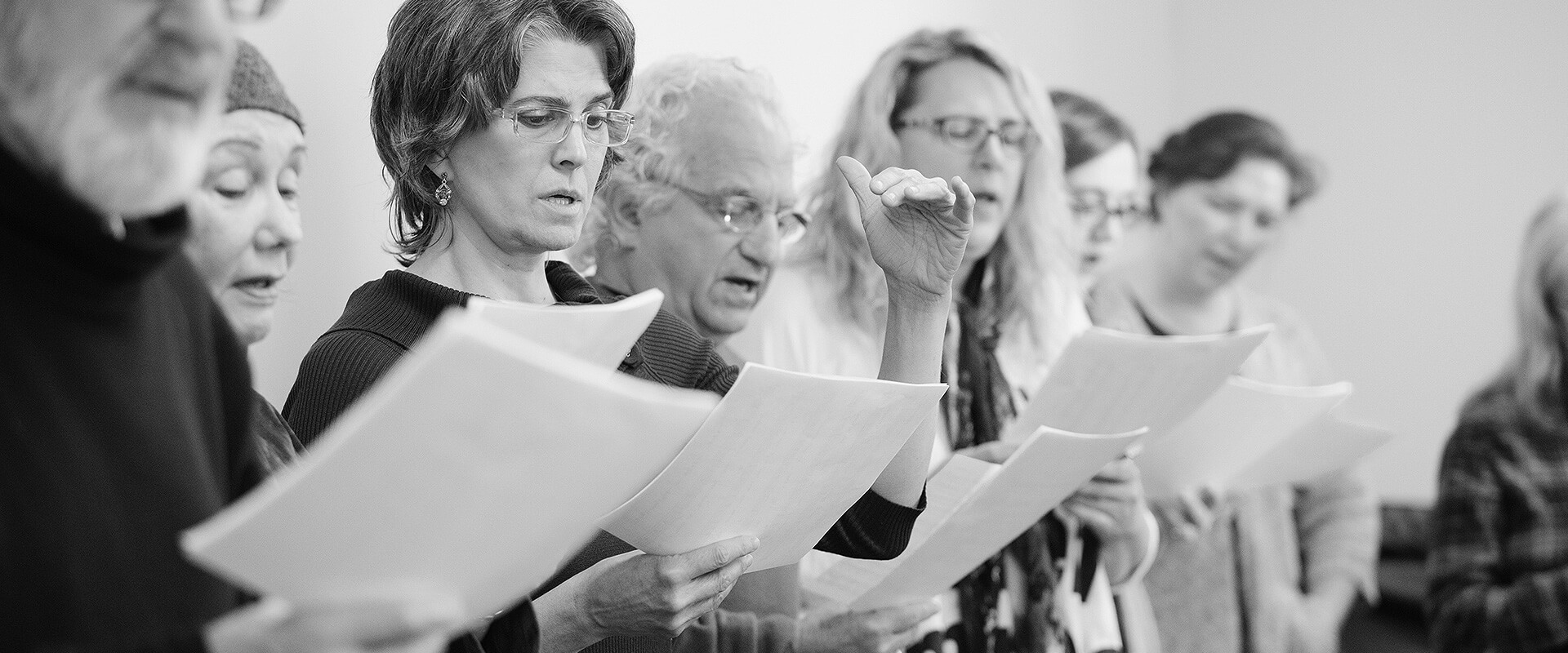Marking
Marking is a practice used by professional singers in order to preserve their voices under various circumstances. It is not necessary to sing out while learning music or during staging rehearsals or run-throughs. Marking is widely practised and accepted in opera circles when the objective of the rehearsal is to stage the scene, to get used to scenery and props used in the production, lighting and costume run-throughs, or for the orchestra to learn their part and accustom themselves to the conductor and the tempos preferred by the various soloists. It is not imperative in these rehearsals that the singers use full voice. Singers have the option of singing full voice, or not, for the dress rehearsal also; it varies from one person to another depending on how well they are feeling, how many days off they have between the dress rehearsal and opening night, etc. Young singers like to sing out and impress, whereas seasoned professionals will never do so. If they sing out it is usually for a specific reason – to check something in their technique, etc. Marking is a way professionals keep their voice in shape and ensure longevity in their career.
So, how does one mark? Marking takes on various forms but is mostly related to reducing dynamics – singers will sing softly, lightly and beautifully. In Italian, we call this ‘sotto voce’ which means literally ‘under (the) voice’. Singers use a soft tone, enough to be heard by the conductor but not much more. Difficult high passages or notes are commonly taken down an octave. Full expression is given, albeit on a smaller scale. The tempo (speed or pace of a given piece) must be strictly preserved as well as changes in tempi (pl.) such as accelerando (speeding up), rallentando (slowing down), and rubato (free adjustment of tempo for expressive purposes) or fermata (pause).
Marking is an extremely important tool when learning music. The use of which, preserves and protects your voice – a point which can never be overemphasized. NEVER sing out, full-voice, until you know all the notes to a piece, the words, and how the two fit together. The piece should be pretty much memorized before you attempt to sing it full voice. If you attempt to sing out before the piece is learned well, you will most likely be reinforcing bad habits. The learning of notes and words often sacrifices technique and can cause you to repeat bad habits which are difficult to correct later.
The more you learn without actually singing, the better off you are. Start by learning the words and melody separately. Notes can be learned on another instrument such as piano or by listening to a recording (as long as the singer is accurate). Learning to play your line on a piano is best since you won’t be learning the artistic choices and/or bad habits of someone else. You can read the poetry out loud, naturally at first, and then say it in the rhythm of the music with careful attention to vowel purity and quick consonants. When learning the melodic line vocally, I suggest doing it on ‘ng’ [ŋ] using the ‘sotto voce’ approach. ‘Ng’ is like an open-mouth hum which allows you to focus on note articulation while avoiding vowels, consonants, and dynamics. Learn the piece squarely according to what is written musically. Once you’ve achieved this and know the piece well, you may take time here and there according to accepted norms. Lastly (if at all) use a little artistic license.
More and more, artists are being true to the time period in which the piece was written. Accepted practices in one style and period don’t work in another; as a singer, you must get to know what you can, and cannot do, according to the period in which the piece was composed. This stricter approach to period pieces was not widely observed in the 50’s so be careful which singers you are listening to and imitating. Practises have changed over time. As an artist, make sure you are observing the practises of today.
For more information or to book a private lesson, please go to the contact page.
 Montreal Voice Coach
Montreal Voice Coach